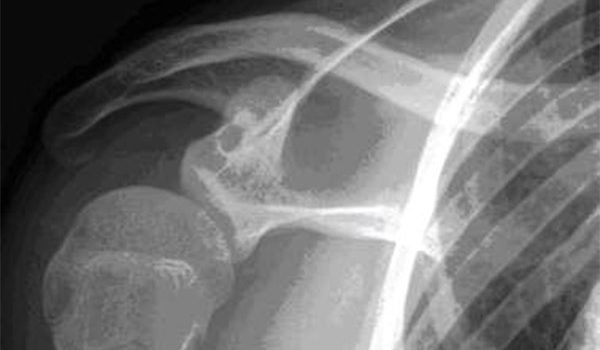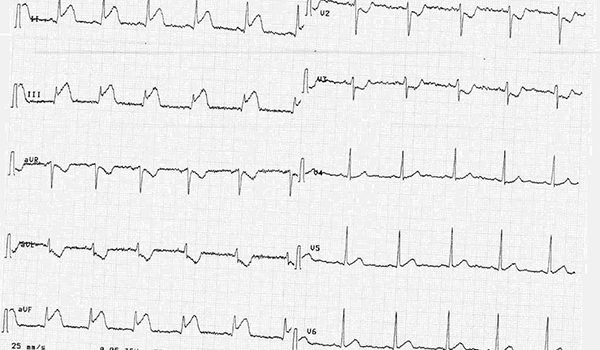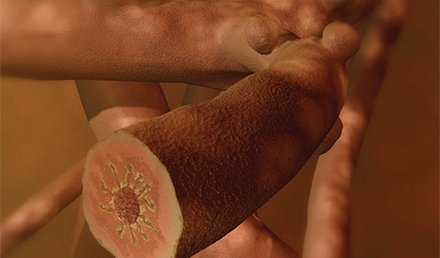Coding for Splints, Modifier–QW, Routine Rechecks, and Language Barriers to Efficient Coding
DAVID STERN, MD (Practice Velocity) Q. For splinting, our physicians use Ortho-Glass. At one time we billed out by the inch for it, but now some are saying that you cannot bill for it, as it is included in the E/M level charge. This does not make sense to me, so we’re looking for an expert opinion. Can you help me with this coding dilemma or point me in the right direction? Question submitted by …
Read MoreTransitions
John Shufeldt, MD, JD, MBA, FACEP I participated in my first triathlon in 18 years last weekend in a town named for a card game. Show Low sits at 6,412 feet at the base of the White Mountains in northern Arizona. Remember the first scene in Chariots of Fire, where a group of men are running barefoot, effortlessly through the crashing waves on a beautiful beach with the orchestra playing an inspiring melody in the …
Read More
Agencies Can Extend Clinical Recruiting and Staffing Capabilities
Urgent message: Medical staffing agencies extend an urgent care center’s recruiting and staffing capabilities with solutions to fill all operating hours with qualified providers. Alan A. Ayers, MBA, MAcc Practice Velocity Introduction The United States faces a shortage of primary care and emergency medicine physicians – the provider force feeding urgent care. When an urgent care center has an insufficient number of providers to adequately cover its schedule, the patient experience suffers due to extended …
Read MoreClinical Challenge: July/August, 2010
In each issue, JUCM will challenge your diagnostic acumen with a glimpse of x-rays, electrocardiograms, and photographs of dermatologic conditions that real urgent care patients have presented with. If you would like to submit a case for consideration, please e-mail the relevant materials and presenting information to [email protected]. The patient is a 42-year-old who presents to urgent care after “twisting” her left foot. The patient is able to bear weight on the foot, though it …
Read More
Tuberculosis Screening in Urgent Care Medicine
Urgent message: Often placed in the role of first-line clinicians with respect to testing for and treating infectious disease, urgent care practitioners are ideally suited to provide screening services for tuberculosis. Introduction In addition to urgent care services, many of us also offer occupational medicine and provide post-offer/pre-employment evaluations. As such, urgent care clinicians play a key role in screening for tuberculosis (TB). In fact, understanding the complexity of the screening process is essential to …
Read MoreHealthcare’s Title Bout: Free Market Economics KOs Reform
At the risk of oversimplifying, the healthcare “crisis” – and subsequent attempts to “reform” it – really boils down to a coverage crisis and a cost crisis. The two, of course, are inextricably linked. Ans every attempt to solve one seems to exacerbate the other. Our healthcare delivery system has essentially failed to manage cost and manage coverage simultaneously. The teeter-totter is perpetually imbalanced. The problem with reform efforts to date is complex. However, the …
Read More
19-year-old male experiencing pain in shoulder
The patient is a 19-year-old male who complains of pain after receiving a blow to the shoulder. His range of motion is limited due to pain; he is otherwise healthy. View the image and consider what your diagnosis and next steps would be.
Read More
32-year-old male with burning sensation in chest
The patient is a 32-year-old male who woke up at 1 a.m. with a burning sensation in the mid-chest (a first-time event, he reports). The patient is not diaphoretic, and has no dyspnea. He is generally healthy and has no known risk factors for heart disease. His physical exam is unremarkable. In addition, you find: BP: 154/102 Pulse: 68 Sat: 99% Temperature: 97.3 °F View the EKG taken and consider what your diagnosis and next …
Read More
